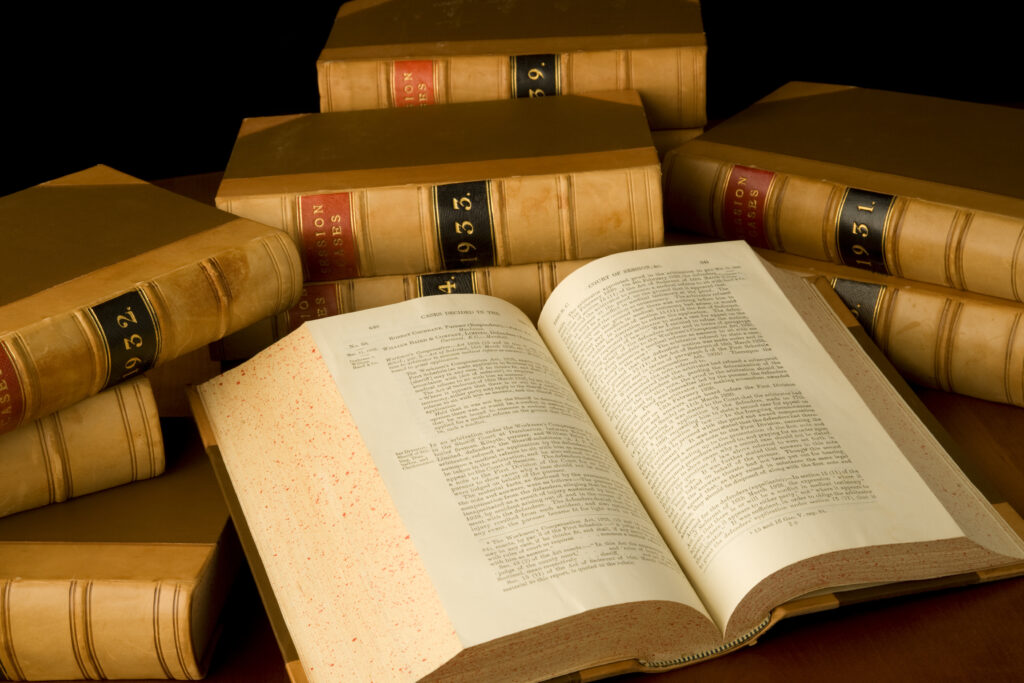If you’ve ever used Westlaw for legal research, you’ve probably noticed how cases link to one another through citations. But have you ever stopped to consider what those citation networks reveal about the law itself? At Norm Atlas, we’ve spent years analyzing these patterns, and the insights are fascinating. Citation networks don’t just show which cases are important—they show how legal ideas spread, evolve, and sometimes fade away.
For example, by mapping citations in Westlaw, we’ve identified “hub” cases—decisions that are cited far more frequently than others. These hubs often signal foundational principles, but they can also reveal shifts in judicial thinking. When a once-dominant case starts to see fewer citations, it might indicate that courts are moving in a new direction. This kind of analysis is invaluable for forecasting how legal doctrines will develop.
Citation networks also expose the influence of individual judges. Some jurists—like Justice Scalia or Justice Ginsburg—have citation patterns that reflect their judicial philosophies. By tracking how often their opinions are cited (and in what contexts), we can predict which of their ideas will have lasting impact. This isn’t just academic; it’s a way to understand how the judiciary’s composition shapes the law.
The implications for legal practice are huge. Attorneys who understand citation networks can craft arguments that align with emerging trends, rather than relying on outdated precedents. And for law students, learning to “read” these networks is a skill that will set them apart in an increasingly data-driven profession.

